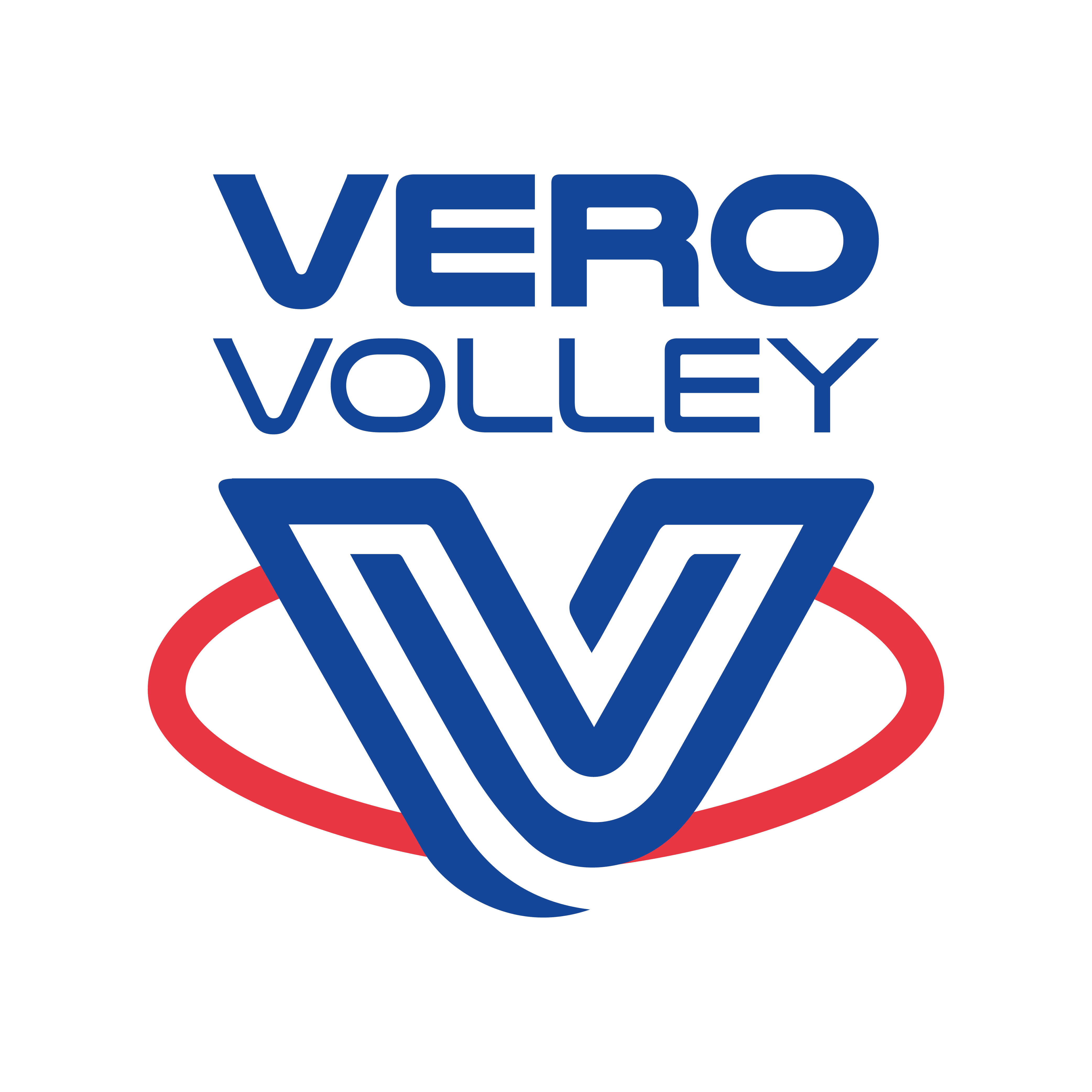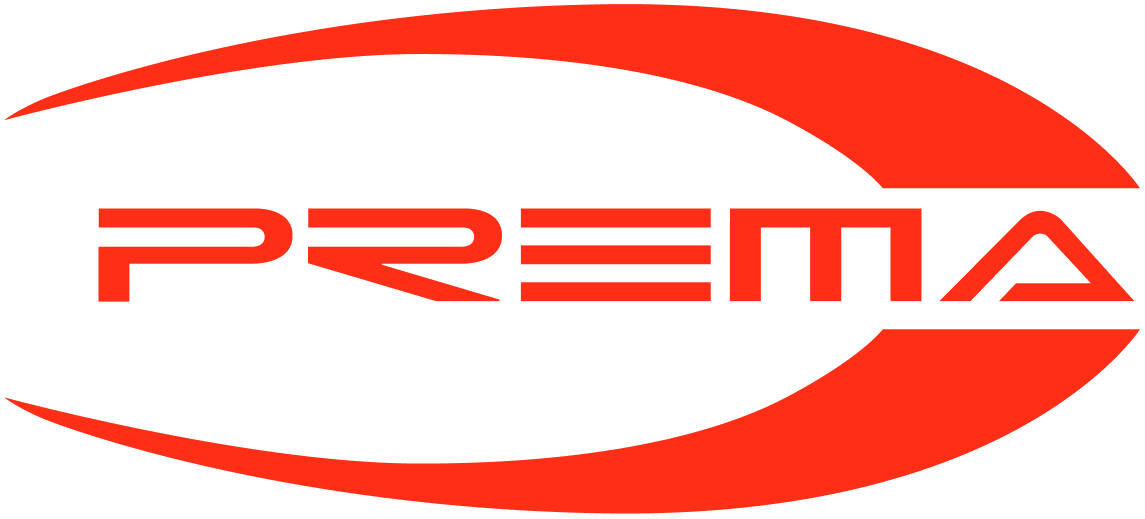In 2012, entrepreneurial golden child and Tesla and SpaceX CEO Elon Musk proposed a 21st century version of the vactrain: the hyperloop. 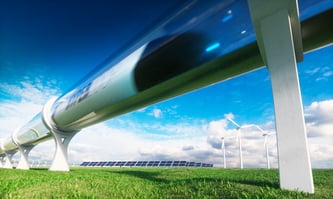
In the early 1970s, engineers at RAND Corporation, led by Robert M. Salter, released a flood of research proposing the construction of vacuum tube-trains, or “vactrains” — maglevel cars travelling in partially evacuated tubes with the potential to reach speeds up to 5,000 miles per hour. The research gained some initial interest, but designs were ultimately seen as prohibitively expensive and unrealistic in the absence of significant technological advancements.
The past few years have witnessed heated debates from engineers and physicists across the board about the plausibility of constructing the world’s first hyperloop. With top speeds near the speed of sound and all the challenges of physics that go with it, how logistically possible is Musk’s wildest brainchild yet?
In Musk’s design, pods accelerate and brake with linear induction motors located throughout the tube — which seems plausible enough. But a number of serious obstacles remain if a half-hour trip between San Francisco and Los Angeles is to become reality.
One major challenge is friction: How can a pod moving through a tube of only slightly greater width avoid the inevitable problem of resistance between the two surfaces? Though hyperloop pods would not physically touch the tube’s interior, so little space would exist between the two surfaces that the air itself would exert significant frictional forces on the the pods.
A second, related problem concerns the increasing effects of air pressure at supersonic speeds. As speed increases, the force exerted by air pressure on the front of a vehicle moving through a ‘restriction’ (or pipe) likewise increases. And when a vehicle reaches supersonic speeds (those above 767 mph) the result is choked air flow — which could stop a pod in its tracks.
This condition, in which gas flow at transonic speeds is inevitably forced through narrow paths, is also known as the Kantrowitz Limit. It can be thought of as a large-scale syringe-type effect: With a blocked nozzle, the plunger of a sealed syringe compresses the air in the tube, increasing pressure, thereby inhibiting speed.
To address the problems caused by friction, Musk proposes two innovations working in tandem: extremely low air pressure, and the use of air bearings. Almost all proposals for the hyperloop involve creating a near-total vacuum amounting to 0.1% atmospheric pressure to reduce drag on the pod, but any excess air can still slow down the pod.
Musk asserts that air bearings would provide the cheapest and most effective solution for suspending the vehicle and reducing friction. Air bearings create pressurized cushions of air on which the pod can float. In Musk’s design, each pod would rest on 28 such air bearings.
To tackle the issues of increasing pressure and choked flow at high speed, Musk offers what is perhaps the most innovative component of the entire design: an air compressor mounted on the front of the pod. The compressor would draw air from the pressurized column at the front of the vehicle, and release it to the rear, effectively propelling it forward like a rocket.
The functional benefits of this design would be twofold. First, it would circumvent the Kantrowitz Limit by reducing air resistance at the front of the vehicle, allowing it to exceed transonic velocity. Second, it would serve as an additional propulsion device, in effect transforming what would otherwise be an obstacle into an advantage.
A number of engineering challenges must be overcome if a hyperloop like the one envisioned by Musk is to be constructed. And that’s before even considering the multitude of social and political roadblocks that would inevitably face the construction of a 350-mile tube through acres of public and private property.
Still, as Musk has proven again and again — from the inception of PayPal to the launch of Falcon Heavy — pipe dreams can be realized. What makes Musk’s concept especially compelling is that as futuristic as this vision is, it relies largely upon an age-old technology that has defined much of history: compressed air.
From the steam engine and the telegraph to the newest generation of electric race cars, the hyperloop may be just the latest in a long line of innovations that will have been made possible via the power of compressed air. Whatever happens, Mattei is excited to see where these flights of hyperloop fancy may lead.
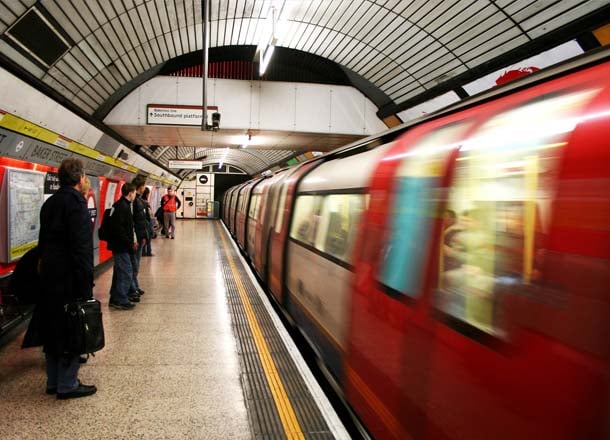
Mattei offers a wide range of vane compressor models that perfectly meet the specific needs of the transport industry.
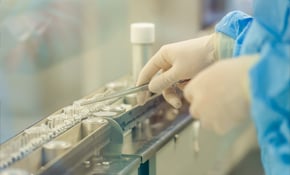
The reliability of Mattei compressors, the high quality standards of the delivered compressed air and the compliance with the industry regulations, make them ideal to be used in the healthcare and pharmaceutical industry.

Reduced operating costs, environmental sustainability and extreme purity of the air supplied make Mattei compressors suitable for all processes in the food industry.
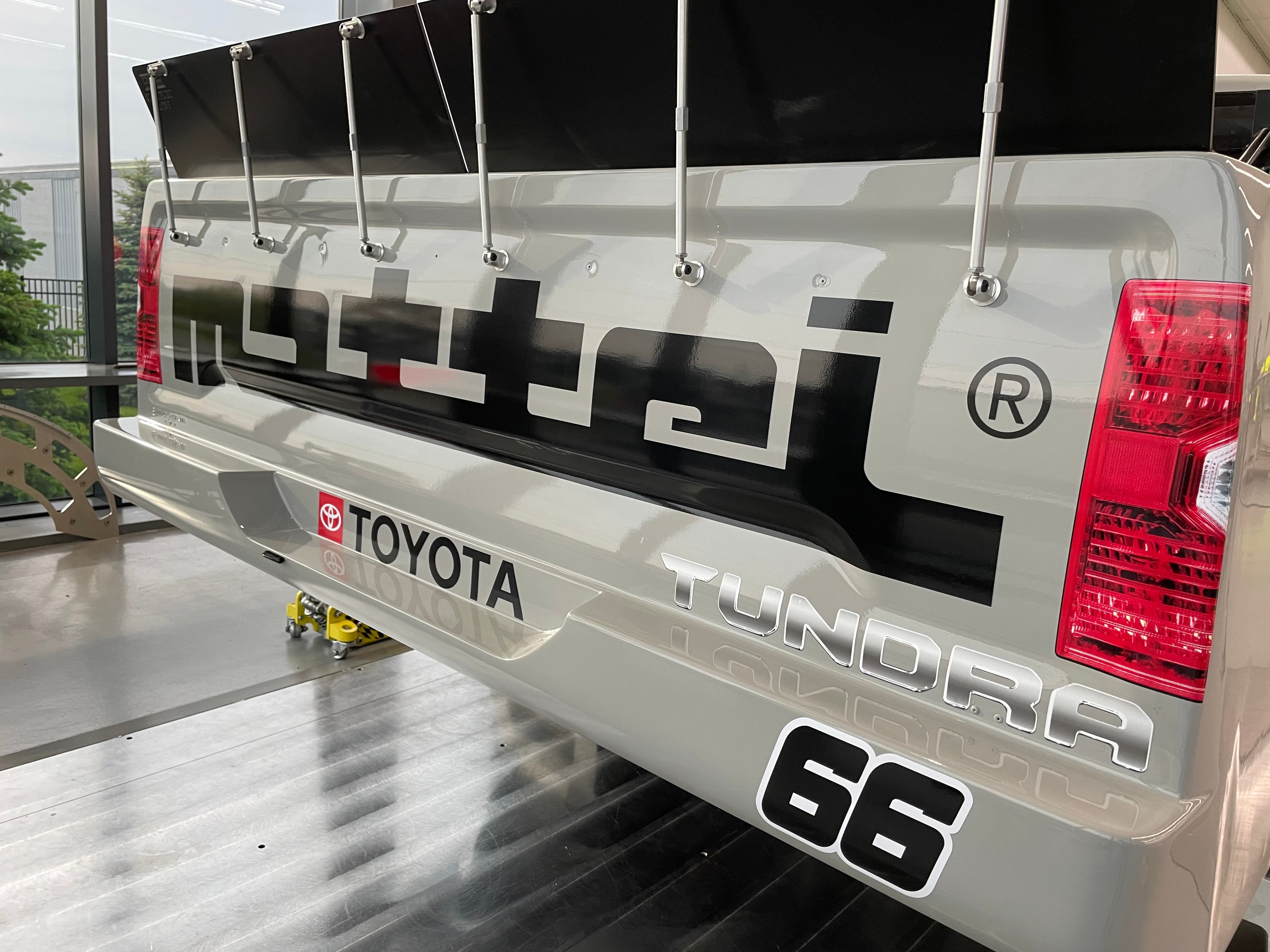
Good luck ThorSport Racing. Waiting to watch the racing!
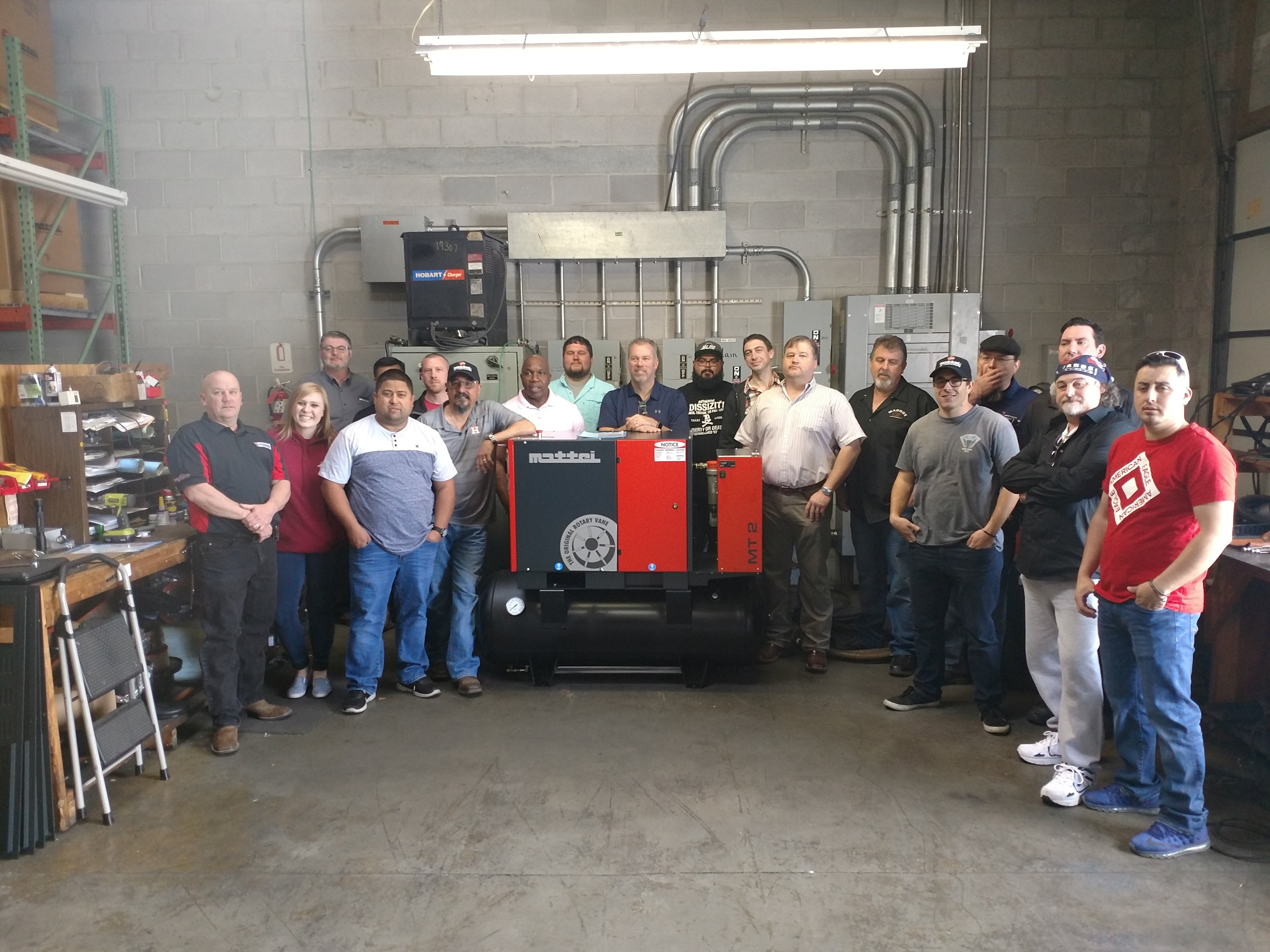
We recently held our Spring 2018 Service School for distributors. The school graduated 17 participants from both the sales and service sides.

Today, Mattei Compressors, Inc., announced the recipients of its 2017 Distributor Awards. These distributors went above and beyond to provide high-quality service to Mattei customers over the past year.
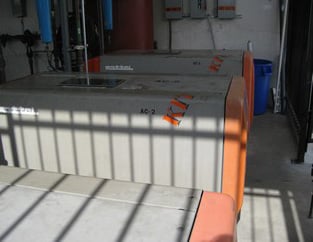
Helix Medical, LLC is widely regarded as a premier supplier of biocompatible silicone medical devices and components to the medical device, pharmaceutical and biotech industries.
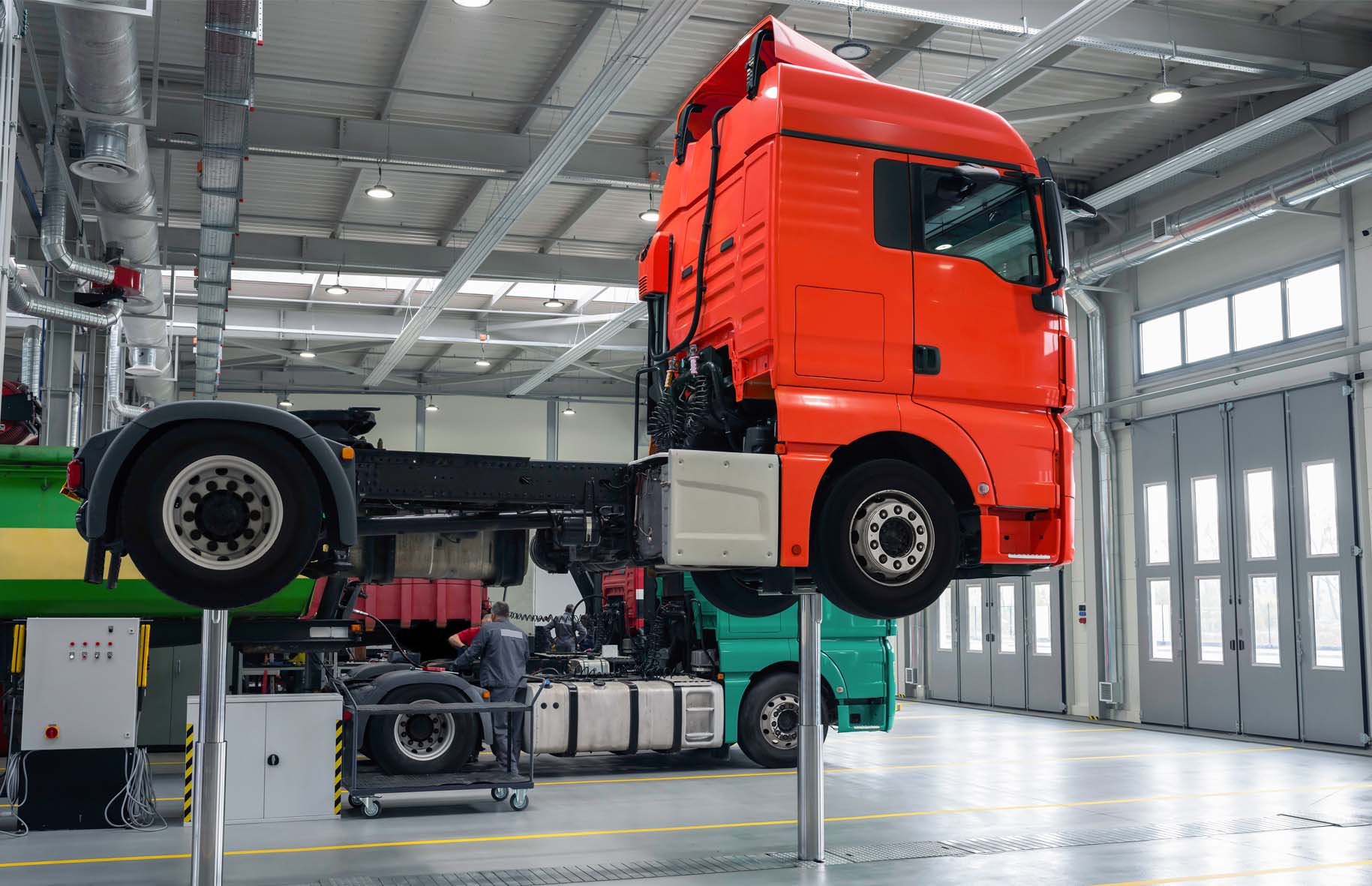
John Baker Sales, a Mattei distributor located in Colorado, worked very closely with Transwest to ascertain the company’s needs prior to making a product recommendation.
